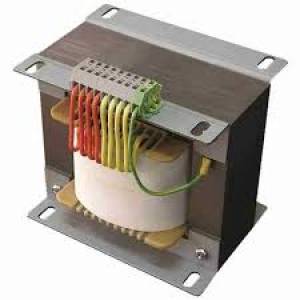
Isolation transformers provide a crucial layer of safety and protection in electrical systems by galvanically isolating the input and output circuits. This means there's no direct electrical connection between the primary and secondary windings, eliminating the risk of electric shock and improving the performance of sensitive equipment. They are essential components in various applications, from medical equipment to industrial settings.
Key Features & Benefits:
Applications:
Technical Specifications (Vary by Model):
Choosing the Right Isolation Transformer:
Selecting the appropriate isolation transformer requires careful consideration of several factors, including:
Contact us today to discuss your specific requirements and find the ideal isolation transformer for your application.